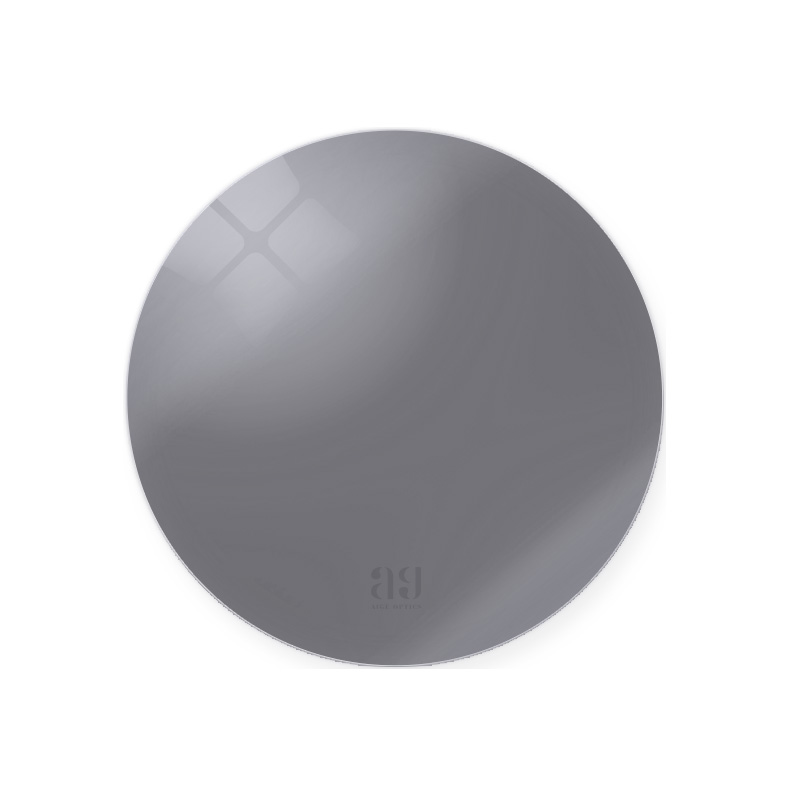Several common materials for sunglasses sunglasses lenses
1. Glass lens: The advantage of glass lens is that it transmits light well, is easy to apply polarized coating, and is not easy to be scratched. The disadvantage is that it is very heavy, it is easy to crush the lens, and wearing it for a long time will make the nose uncomfortable.
2. TAC polarizer: Because the color changes are particularly rich, the lens is also good-looking, and it is not expensive. The disadvantage is that it is easy to deform, easy to be scratched, poor optical performance, and easy to break when encountering impact. Some low-quality TACs will open the glue when they are wet with water, which is very ugly. It is recommended to buy with caution.
3. PC polarizer: it is often used in driving sunglasses and sports sunglasses. The material of PC lens was originally used to make insulation cups and bulletproof glass. Its light transmittance is very good, and it is very light. The price is also ok. Very good lenses for the price.

4. Nylon lens: Made of nylon, nylon lens has very high elasticity, excellent optical quality, strong impact resistance, and is usually used as a protective item.
5. NXT lens: 3 in 1 super lens invented by American PPG company in 2001. Super strength is its biggest selling point, but due to the low hardness of the surface, it is easy to scratch. Therefore, it is usually coated with a hard film layer (wear-resistant film) on both sides. "Color injection technology" is also a major selling point. During production, the color is injected into the raw material to minimize the color difference, and it will not fade, nor will it change color over time or after long-term use like other materials.
6. Resin lens: Resin lens is light in weight, high temperature resistant, impact resistant and not fragile, and has no edges and corners even if it is broken. It is safe and can effectively block ultraviolet rays. The disadvantage is that the surface wear resistance and chemical corrosion resistance are worse than glass, and the surface is easy to scratch , higher water absorption than glass, high coefficient of thermal expansion, poor thermal conductivity, low softening temperature, easy to deform and affect optical properties.
